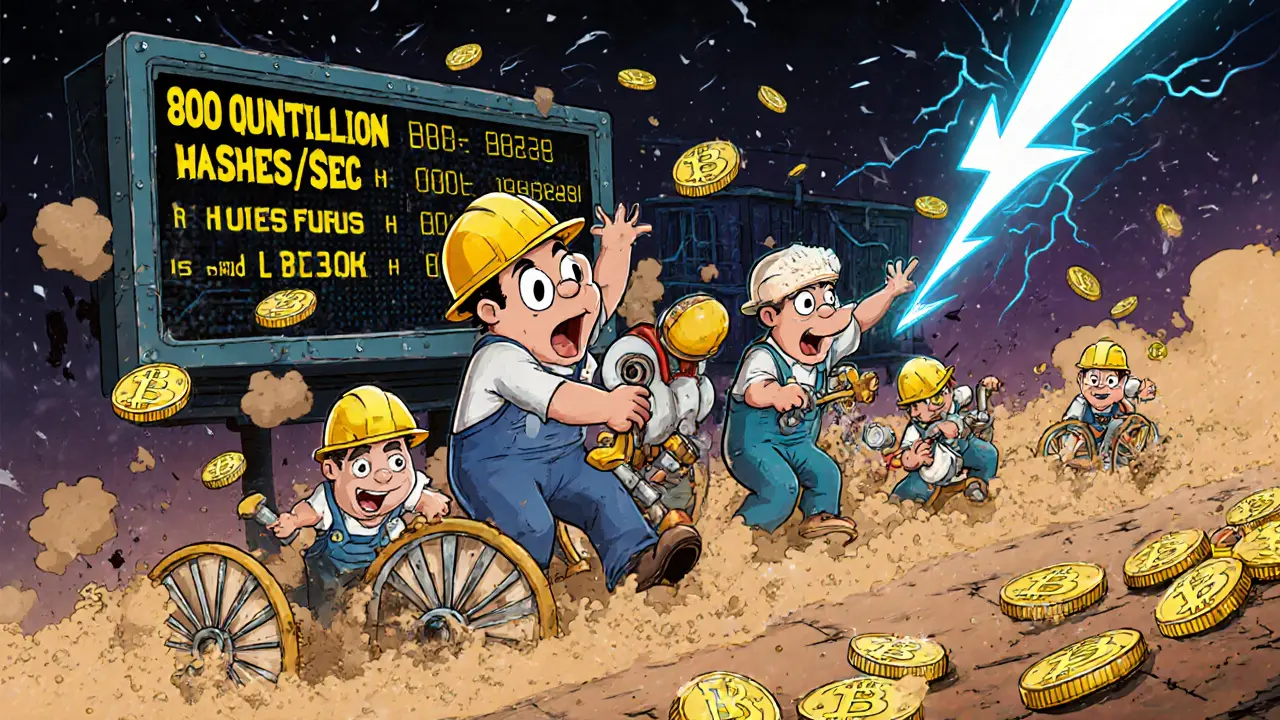Bitcoin Mining Rewards: How Miners Earn, Why It Matters, and What's Changing
When you hear about Bitcoin mining rewards, the incentive given to miners for validating Bitcoin transactions and securing the network. Also known as block rewards, it's the engine that keeps Bitcoin running without banks or central control. Every ten minutes, a new block is added to the blockchain—and someone gets paid. That payment? It’s the Bitcoin mining reward. Right now, it’s 3.125 BTC per block, but that number doesn’t stay the same. It cuts in half roughly every four years, in an event called the halving, the scheduled reduction of Bitcoin mining rewards by 50%. This isn’t just a technical detail—it’s a core part of Bitcoin’s design to control supply and maintain scarcity.
Miners don’t just get the reward—they also collect transaction fees from people sending Bitcoin. Right now, the block reward is still the bigger chunk, but as halvings continue, fees will matter more. That’s why some miners are switching to more efficient hardware or moving to places with cheap electricity, like Iran, where state-backed mining farms use low-cost power to stay profitable. Others are betting on the long-term value of Bitcoin, hoping the reward cuts will make each coin more valuable over time. The block reward, the fixed amount of Bitcoin awarded to miners for adding a new block to the blockchain. used to be 50 BTC in 2009. Then 25, then 12.5, then 6.25. Now it’s 3.125. The next drop, expected around 2028, will bring it to 1.5625 BTC. That’s the math behind Bitcoin’s limited supply of 21 million coins.
What does this mean for you? If you’re holding Bitcoin, the halvings are a long-term bullish signal—fewer new coins entering circulation usually pushes prices up over time. If you’re mining, it’s a race for efficiency. You need cheap power, modern ASICs, and low overhead to survive. And if you’re just curious, know this: every Bitcoin you own was once secured by someone running a machine that solved a math puzzle. That’s the real story behind the reward. The system is designed to get harder, slower, and more valuable over time. You won’t find a better example of scarcity-driven economics in the digital world.
Below, you’ll find real-world examples of how mining rewards connect to everything from global sanctions and exchange security to airdrops and regulatory shifts. Some posts dig into how Iran uses mining to bypass financial controls. Others show how miners’ behavior affects crypto exchanges and token prices. You’ll see how halvings ripple through markets, influence investor behavior, and even shape policy debates. This isn’t theory—it’s what’s happening now, on the ground, in data centers and wallets around the world.

